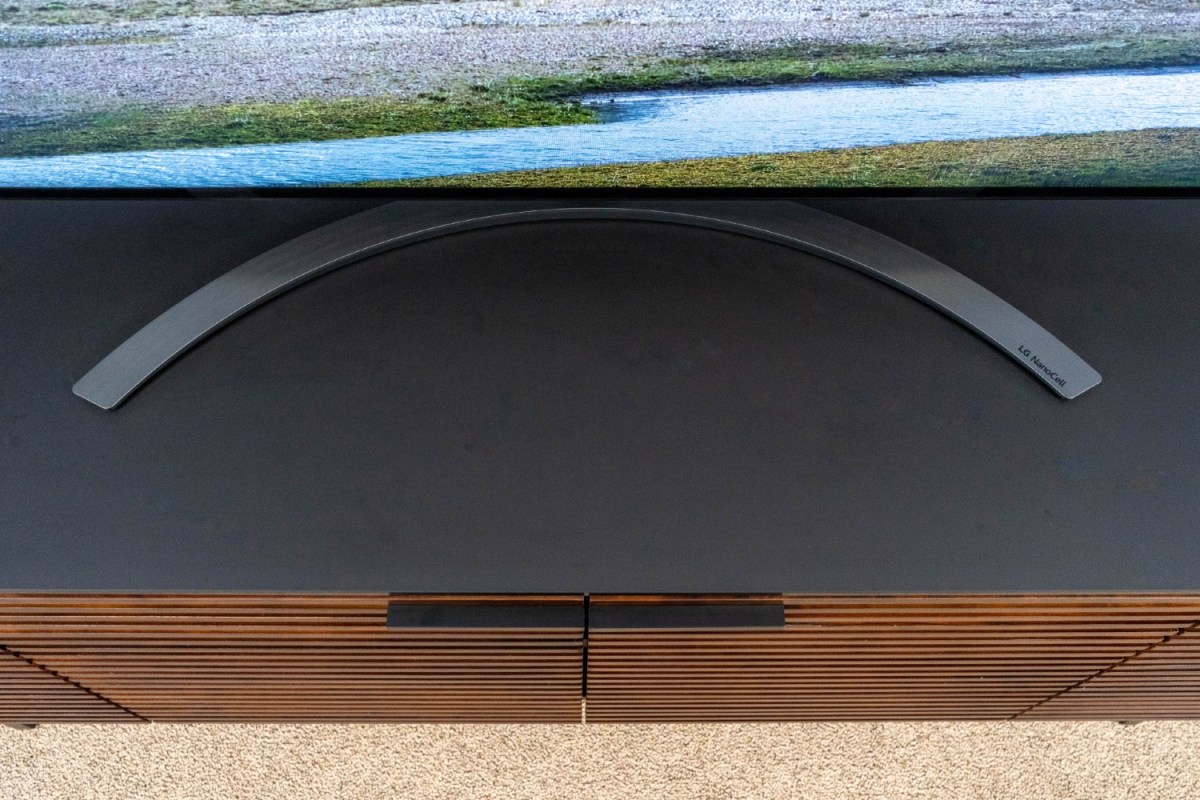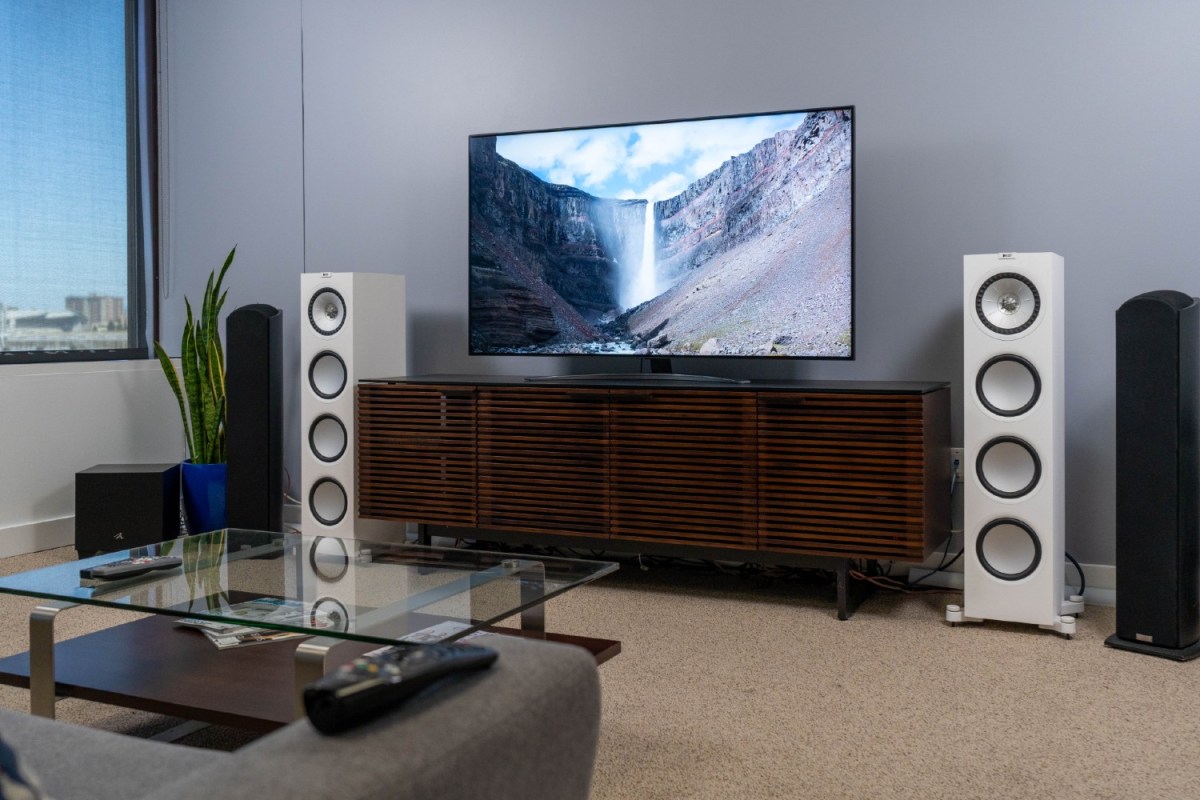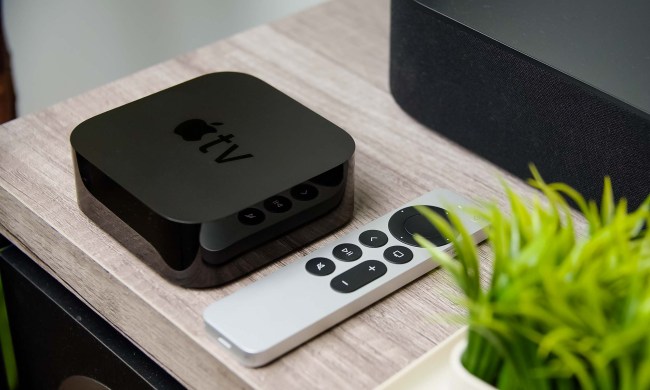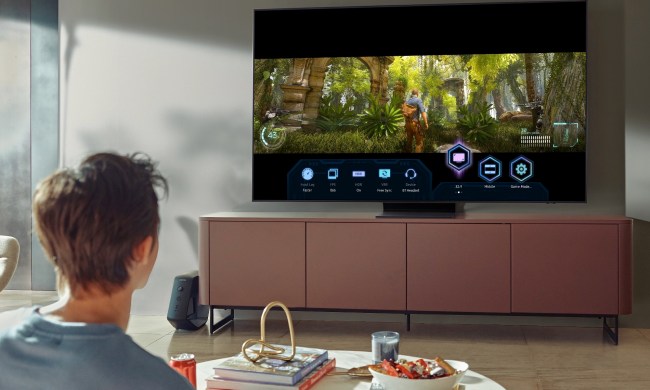“The LG SM9000 is a decent TV that doesn't make sense for most people.”
- Low input lag
- HDMI 2.1 on all ports
- Bright, vivid colors
- Poor black levels
- Poor shadow detail
- Compromised contrast
- Struggles with low bitrate content
LG makes some of the best TVs you can buy, but this isn’t one of them. While its OLED TVs set the standard for picture quality, LG’s LED/LCD TVs have struggled to stand out against a glut of competing models from the likes of Samsung and Sony. Unfortunately, the Nano 9 series (which I’ll be referring to by its product code, the SM9000) reviewed here — LG’s second-best LED TV this year — continues that trend.
That isn’t to say the SM9000 is a poor television — it performs well enough — but it doesn’t make practical sense when companies like TCL are coming through with highly competitive options at a fraction of the cost.
Surface allure

If you run across the SM9000 at your favorite electronics shop, you’ll have plenty to look at. The TV is attractively constructed with a modest crescent-shaped metal stand, trim bezels, and a generally thin profile. By all rights, it looks like it might fit well into your living room.
The SM9000 sports four HDMI 2.1 ports that not only serve to future-proof the TV but also enable variable refresh rate (VRR) which, along with low input lag, could make the TV especially appealing to gamers or anyone else who might want to use the TV as a computer monitor.
Also tucked inside is LG’s a7 Gen 2 processor — not as powerful as the a9 Gen 2 processor found in LG’s OLED TVs — Dolby Vision and Dolby Atmos support, a full-array local dimming backlight system, and the exceedingly user-friendly webOS smart TV system paired with LG’s Magic Motion remote, which makes controlling the TV feel a lot like playing a Nintendo Wii (remember those?).

The specs read well, and the SM9000 will grab your attention under the bright lights of a showroom floor, too. LG’s Nanocell technology combined with the company’s IPS-type LCD panel deliver brilliant color and impressive brightness at very wide viewing angles, so it will likely look better than surrounding TVs at first glance.
But it’s a different story when you turn down the lights.
Disappointing Dimming
My single biggest gripe with this TV is its surprisingly poor backlighting system. An LCD-based TV relies on LED backlights to produce a picture, and the backlight dimming system is responsible for achieving good contrast by enhancing black levels. It is here that this TV suffers most.
Not only are there fewer dimming zones than I’d expect to see in a TV of its class (even at its current price of $1,300 for the 65-inch version), but the processor driving the backlight system appears sluggish to me, dimming down backlights later than it should and more slowly than I’d like. The effect is distracting and for me, that’s a deal-breaker.

LG’s IPS panels already suffer from less-than-optimal black levels (a tradeoff for improved off-angle performance), but the backlight dimming system’s limited number of zones (four vertical, 12 horizontal, for a total of 48) causes a significant amount of halo around bright objects on black backgrounds.
It also tends to crush peak brightness in some cases, robbing the TV of potentially excellent high dynamic range (HDR) highlight performance. In addition, I noticed that shadow detail takes a significant hit when watching standard dynamic range (SDR) streaming content through apps like Netflix and Hulu.
4K HDR Blu-ray discs fared a bit better in my testing. But, let’s face it, most of us watch cable or satellite and/or stream TV shows and movies most of the time and the SM9000 struggles with that low-bitrate, low-resolution content. The notorious Game of Thrones: The Long Night scene as streamed from HBO, for instance, was virtually unwatchable for most of the episode.
Better for gamers?
I can’t recommend the SM9000 for movie and TV enthusiasts, but I might for certain gamers. With input lag clocking in around 14ms at 60Hz and about half that at 7ms for 120Hz content, the SM9000 makes a compelling large-format gaming display option.

That low input lag is automatic, by the way. Thanks to Auto Low Latency Mode (ALLM) support, the TV will automatically switch to the Game picture preset when it detects a game signal from a gaming console or PC. It will not automatically apply this setting just because it sees an Xbox or PlayStation console connected, however, so users can use their consoles to watch Netflix or any other streaming app without giving up valuable picture processing found in picture modes better suited for movies and TV.
How much the picture quality challenges I have discussed will impact whether gamers should choose the SM9000 will depend on how/what you play. Sometimes the devil is literally in the [shadow] details, so for those who don’t do a lot of HDR gaming, this TV may make it hard to see in-game enemies lurking in the shadows.
For those who don’t play games with a lot of dark scenes, however, this TV could be an outstanding choice. Few competing models can boast such low input lag while also offering VRR.
Our Take
Though it’s certainly not a terrible TV, LG SM9000 just doesn’t make practical sense for most people. Gamers will love its low input lag and other gaming-friendly features, but movie and TV buffs will find themselves lost in the dark.
Is there a better alternative?
Yes. For the $1,300 a 65-inch SM9000 commands, I’d suggest looking at either the slightly more expensive Samsung Q70R (especially for gamers) or hold out for the brand-new 2019 TCL 6-series. The Samsung is much better for movies and TV shows while maintaining appeal to gamers, and the TCL promises to be one of the finest TVs of the year (on the back of the 2018 6-series) and is significantly less expensive.
How long will it last?
As the only TV manufacturer supporting full-spec HDMI 2.1 ports this year, LG has a leg up on future-proofing. How long the TV itself will last comes down to manufacturing quality control and LG has a good history there, too.
Warranty
One year parts and labor when purchased from an authorized retailer.
Should you buy it?
If you’re a gamer and love the idea of having a quick, smooth gaming experience on par with what you’d get from a computer monitor in a large, bright, and much more colorful display, then go for it. Otherwise, no.
You might also be looking for some discounted alternatives too. We’ve compiled a list of the best 4K TV deals that you can consider.




